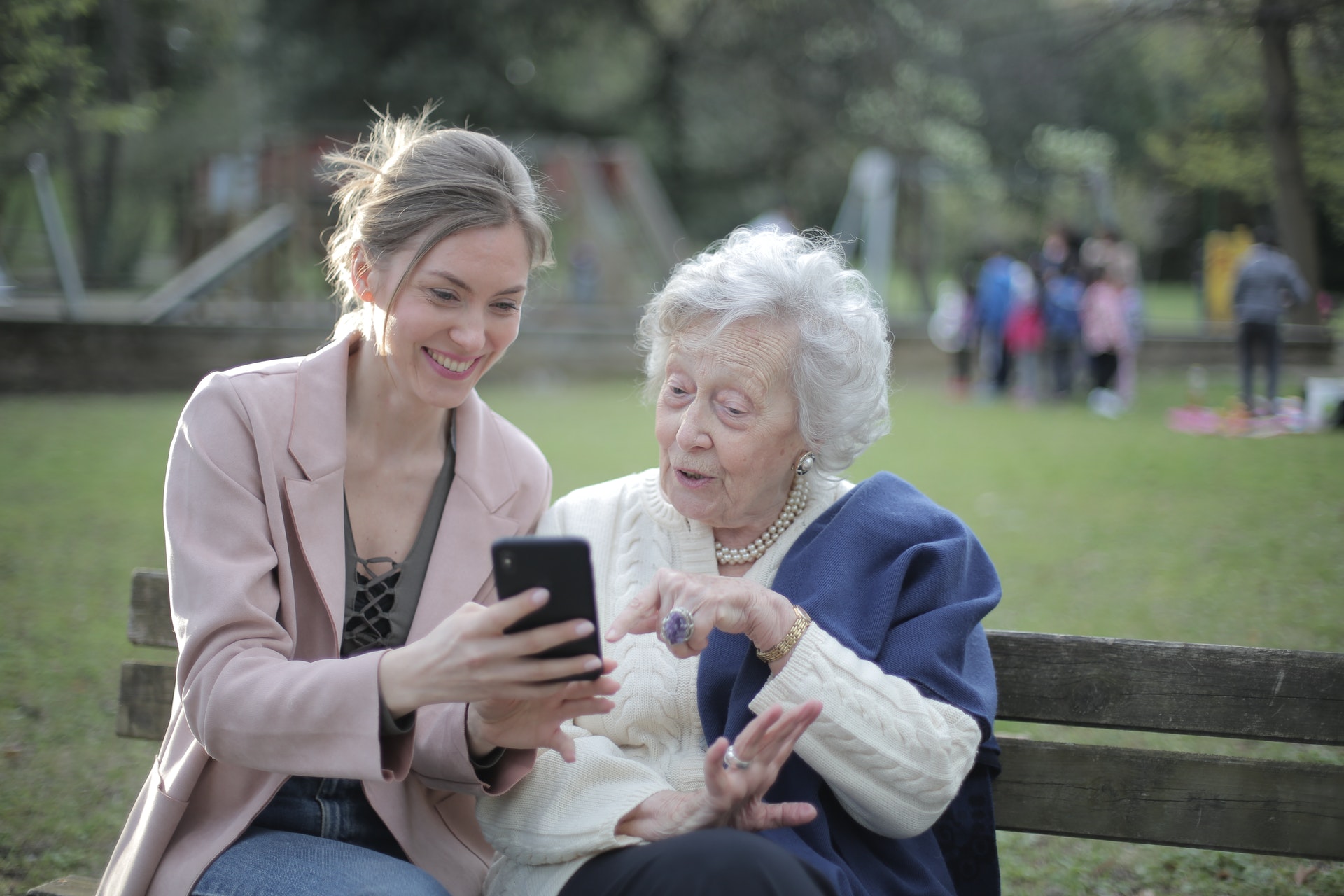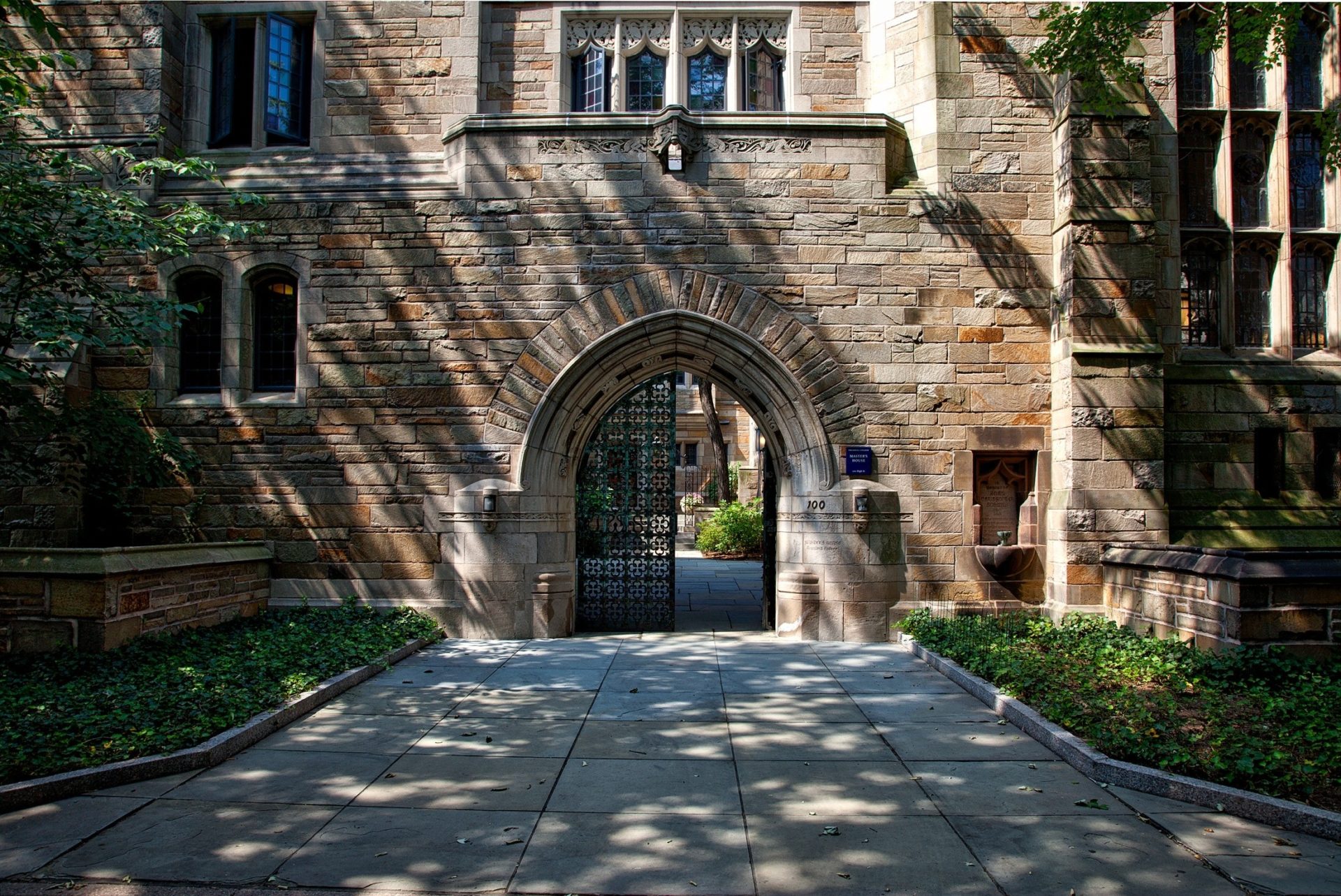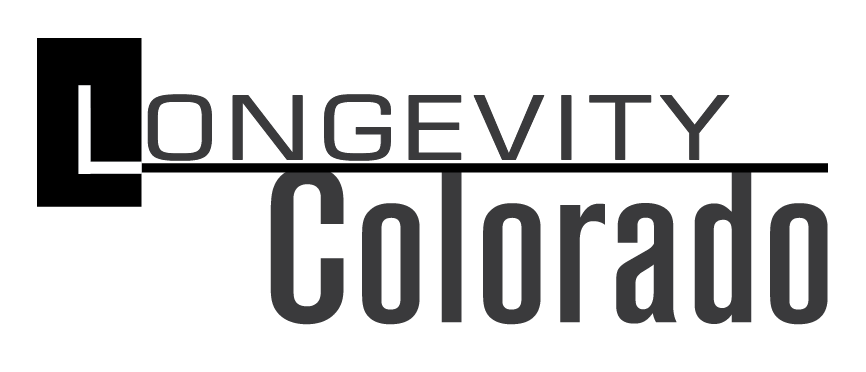Community & Aging:
Creating Great Places to Live for Older Adults
As a population ages, communities face new challenges that require different solutions and present opportunities for innovation and initiatives across all aspects of life.
Many of these initiatives touch on designing age-friendly communities, supporting aging in place, developing better policies, and fostering stronger collaboration among stakeholders to enable people of all ages to live and thrive within their homes and communities.
Across the country, much of the effort to create age-friendly places are taking place in urban environments. That’s not surprising when you consider that by 2030, three out of five people will live in an urban area. This same trend is playing out in Colorado, which has brought about measures like the Lifelong Colorado Initiative to help bring about changes that would benefit older adults.
Spurred in part by its AARP Age-Friendly designation, this initiative is designed to address the challenges of a rapidly growing older population. This means that cities and towns across the state are working to establish features like safe sidewalks, easy access to transportation, and affordable housing. The initiative also includes Denver’s “Boomer Bonds,” program.
Subscribe to our free Newsletter
Stay up-to-date on the trends and innovation
happening in Colorado’s longevity market.
While the majority of Colorado’s population lives along the Front Range, 15% live in rural areas. Within these remote communities, 40% are 65 and older, according to the Colorado Rural Health Center. This percentage is expected to grow as younger people head to the cities.
Due to a number of compounding factors including low population density, geographic isolation, and economic hardship, rural seniors face unique challenges that their urban counterparts do not. These challenges often include lack of access to health care, limited housing support, and transportation options.
In addition, residents in remote communities can be hard to contact to let them know about resources that are available to them. For Colorado Nonprofits targeting these communities, there are 5 resources that can connect Nonprofits to rural audiences, to help bridge that gap and ensure that seniors living remotely are not left behind.
87% of adults age 65+ want to stay in their current home and community as they age. Among people age 50 to 64, 71% of people want to age in place.
No matter the settings, older adults often have one thing in common: their wish to remain autonomous and independent for as long as possible, which often means aging in place.
In fact, nearly 90 percent of 65+ people share wanting to remain in their home as they age, according to one AARP survey.
Older people who stay in their homes report a number of benefits compared to those living in assisted living communities such as better life satisfaction, greater self-esteem, and financial savings. However, aging in place can often pose many challenges including increased loneliness and isolation, at-home safety risks, and keeping up with home maintenance.
Fortunately, an ever-growing array of technology – including new gadgets and tools - is making it easier than ever to age in place. Much of this technology is smart technology. These gadgets include mobile apps, smart tech wearables, or home devices that often aim to improve safety, facilitate remote care, and address many other common challenges of staying in one’s home. Med-tech is a great example of this quickly evolving space and offers a glimpse into the future of aging in place.
Despite these advances, living at home may still at some point become unrealistic, which is why older people and their families should explore other housing options well in advance of having to make that big decision.
For the people that do decide to live elsewhere finding comfortable and welcoming options is a top priority. In Colorado, the industry has now begun to offer housing that has all the comforts of home. For example, the local firm, Oz Architecture, has taken on the challenge to reimagine the assisted living experience using universal design, an approach used to create environments that are safe, inclusive, and healthy.

In addition to creating great living environments, professionals and organizations across the state are exploring innovative solutions to enable every resident to participate in community activities.
The Denver Public Library is a great example of this effort as they have been particularly successful at connecting with older adults by holding virtual events and innovative programs for seniors through their Older Adult Services program. This is especially relevant for senior residents who have been isolated due to COVID-19.
An even more basic need during the pandemic has been how to find resources related to getting help around the pandemic. Finding local, state, and national COVID 19 resources that can provide information has been crucial in getting aid to seniors in need.
Despite these great efforts to connect to seniors, some older residents may still struggle to get the information they need due to their inability to get online. The digital divide in America is still a reality affecting millions of seniors who are left disconnected and out of touch. According to the Pew Research Center, one-third of the Americans 65+ don't use the Internet, and for those who do, many still have trouble performing basic tasks online.
In Colorado, Older Adults Technology Services, or OATS at the Senior Planet Center is one very active initiative that has been trying to tackle this issue and bridge the digital divide for the 60+ in the Denver area. Their aim is to demystify technology older adults as well as empower them through tech education, online career networking insights, art lessons, and any other activities where they can get acquainted with technology and the internet.

In 2015, the Colorado Strategic Action Planning Group on Aging, or SAPGA was established in 2015. With for objectives to gather data on the impact of the growing 50+ population on the state, identify clear recommendations and guide government, communities, and private and non-profits efforts.
In a 2018 interview with Longevity Colorado, then Senior Advisor on Aging, Wade Buchanan, explained that a crucial element to enable the state to harness the power of this transformative change will come from ensuring joint and aligned efforts by all stakeholders involved in helping older adult populations across the state.
At the local level, Denver was quick to realize this need and as a result has set out to put data, coordination, and partnerships at the heart of their strategy to become one of the best places to live for older adults. Under the leadership of the Director for the Office on Aging, Perla Gheiler, and with the support of Denver Mayor Hancock, the city has focused its efforts on a few key areas few key areas of focus, based on a comprehensive needs assessment, to guide stakeholder’s efforts across the city.
Other cities in Colorado are also making progress in creating more liveable communities for their senior populations. Most notably, the City of Centennial has been quite successful at identifying effective solutions to some of its community’s key challenges. This effort includes providing housing support to residents across all age groups and physical abilities. To achieve these results, Centennial took a very innovative approach using a User Experience Design based model, to identify core issues, find solutions, engage its residents, and be future-ready.

The state’s universities are playing an increasingly important role in the longevity sector.
For example, the University of Colorado Anschutz Medical Campus has become a leader in the field of longevity and its impact on individuals and communities. With over 20 years of work on the subject, the Multidisciplinary Center on Aging at CU Anschutz Medical Campus has been at the forefront of this field in the state, with a focus on research, clinical care, and education. Recently, they have scaled up their efforts around outreach and engagement with stakeholders including government, nonprofits, and academics from other institutions across the state.
Anschutz is also part of a broader endeavor to support collaboration in the academic world through the Colorado Coalition for Aging Research and Education (CoCARE) which is made up of seven universities. The coalition focuses its work on four key areas (isolation; ageism; provider workforce; and state organization and policies) to accelerate research, improve results and drive innovation.
CoCARE is an encouraging example of how breaking down silos and working together can accelerate and improve results. It also speaks to a growing recognition that issues related to aging know no boundaries and requires an expansion of our networks - and imaginations – to build a more integrated, cross-sector community focused on designing a better way for us all to experience our later years.
- 5 Ways Nonprofits Can Reach Older Adults in Rural Communities
- Med Tech Offers a Glimpse Into the Future of Aging in Place
- Colorado’s Oz Architecture takes Assisted Living Design to the Next Level
- The Denver Public Library Offers a Lifeline to Older Adults During COVID-19
- Senior Planet Set to Bridge Digital Divide and More for 60+ Adults in Denver
- How the Growing 50+ Population is Transforming Colorado
- Denver Making Strides in Becoming One of the Best Places for Older Adults
- How Centennial’s Emphasis on User Experience is Helping Its Older Adult Residents
- How CU Anschutz’s Aging Center’s Emphasis on Community is Paying Off
- Colorado Academics Collaborate To Meet Challenges In Aging
